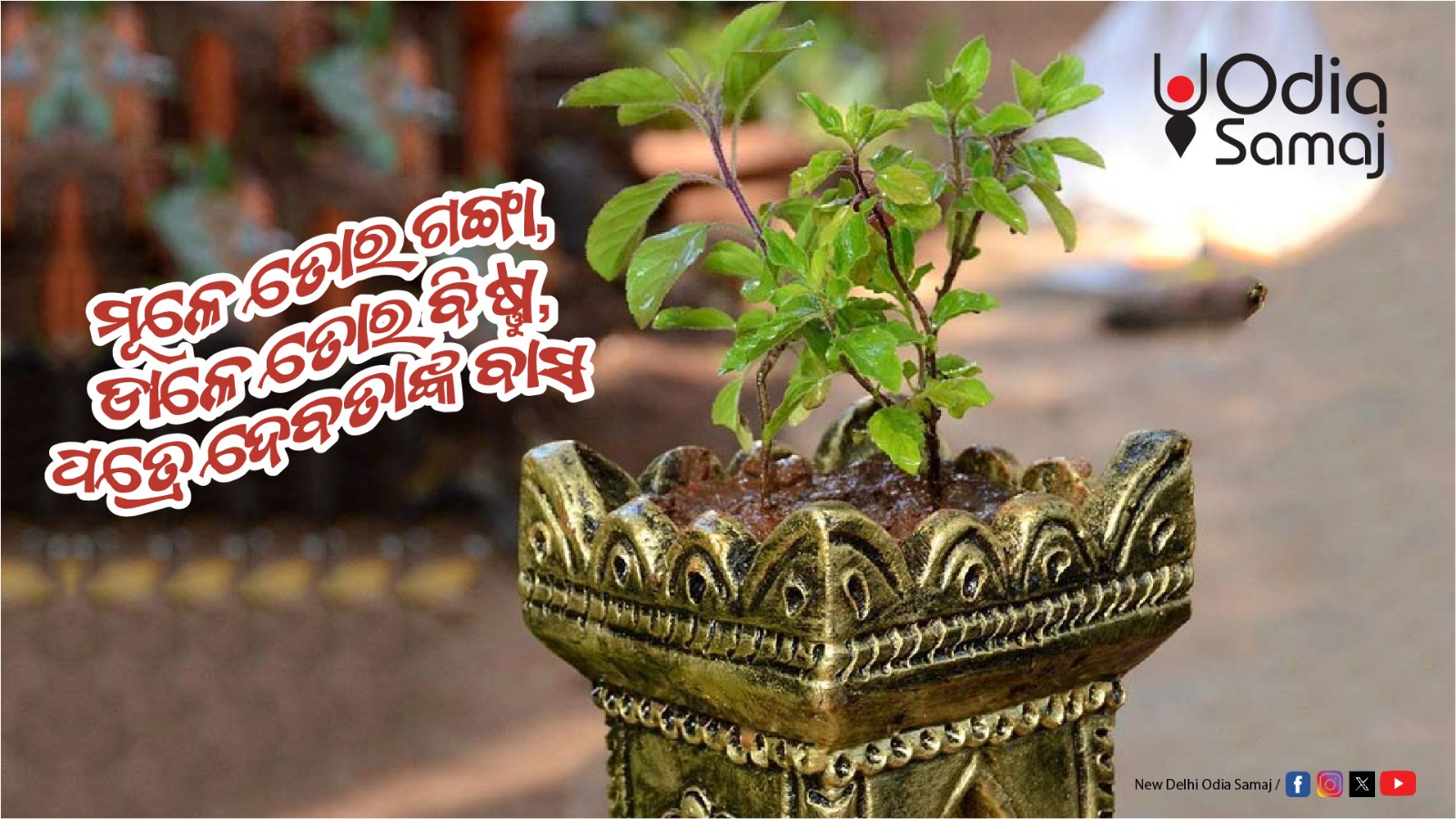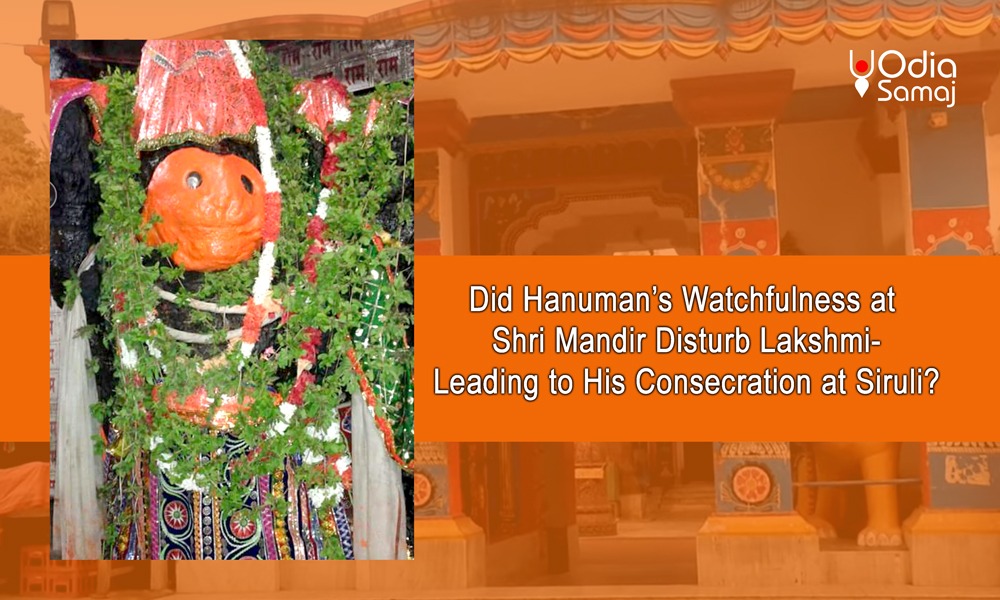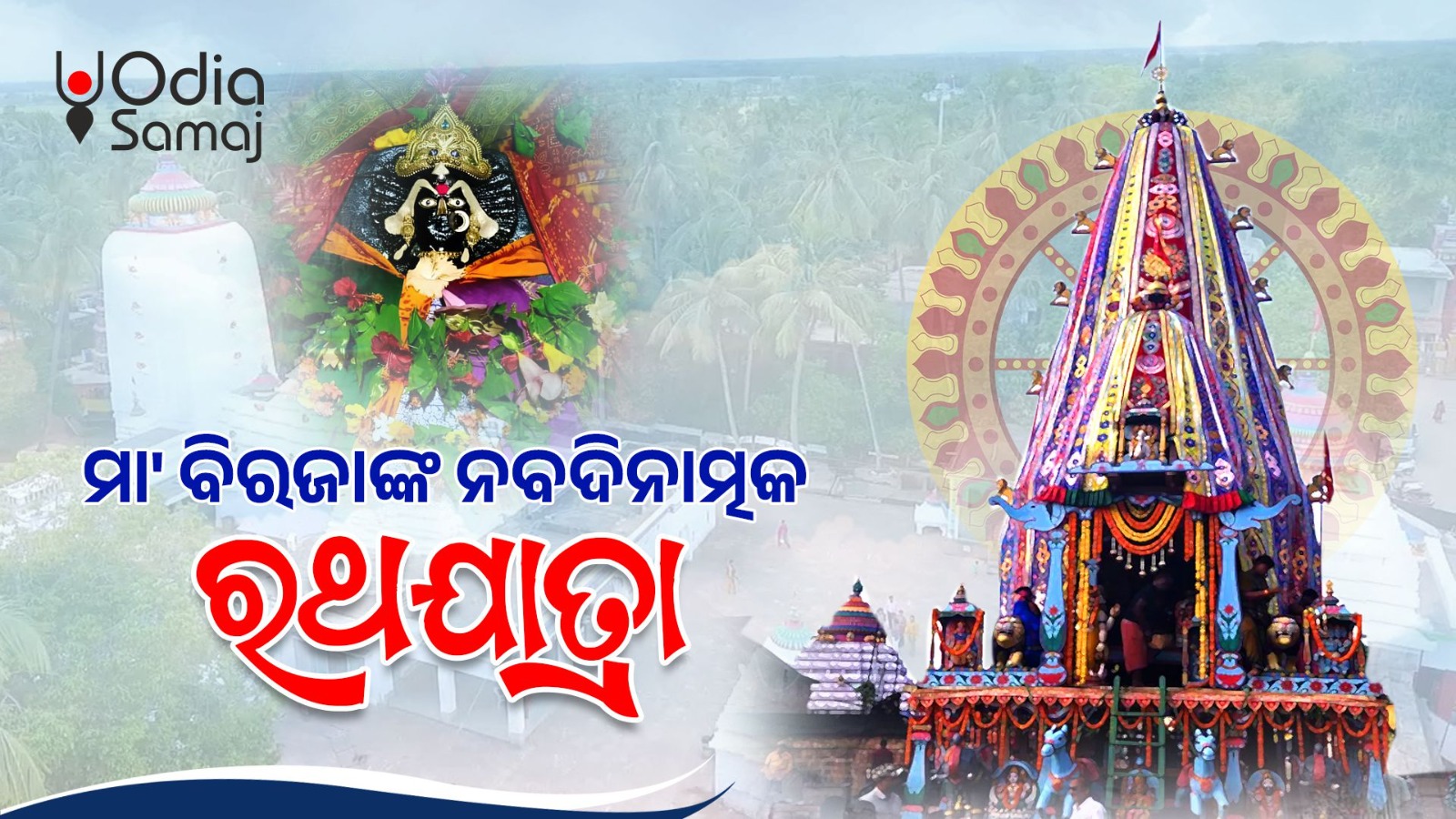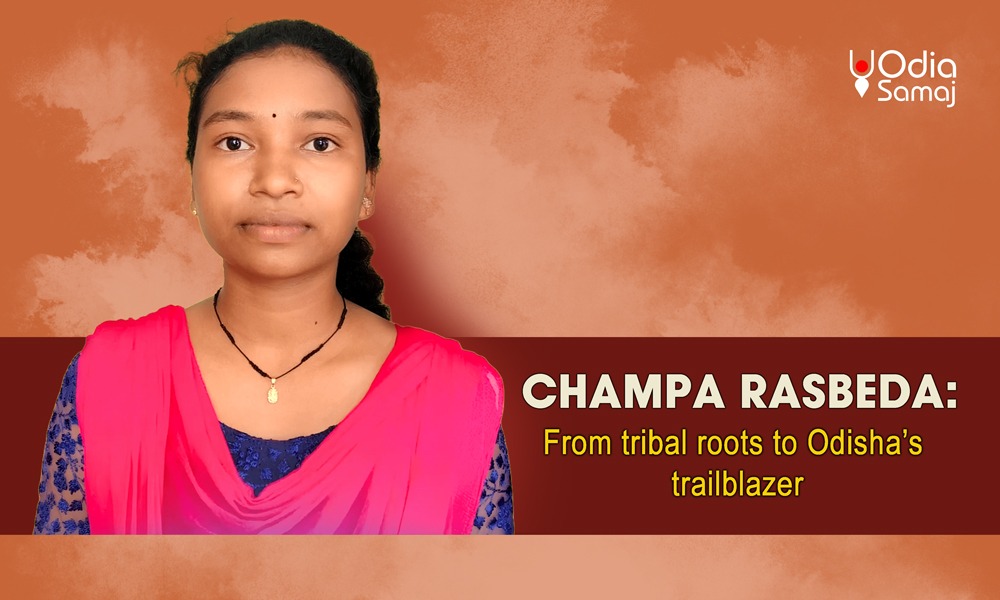SrikhetraBhaunri: The Sacred Conclusion of Chandan Yatra
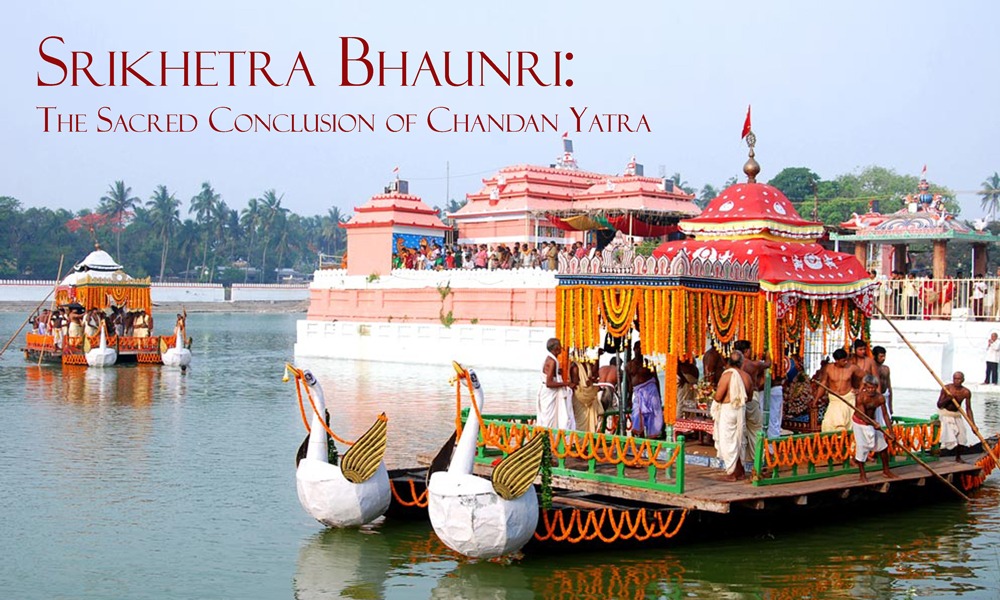
What if a circular journey on sacred waters could guide your
soul beyond the confines of existence?
In Puri, a revered town on India's eastern coast, the
SrikhetraBhaunri marks the finale of the Chandan Yatra, an event held within
the Shree Jagannath Temple’s hallowed grounds. Every year, it attracts
thousands seeking a deep connection with divine energies, offering an
unparalleled spiritual experience that blends culture and devotion. This event
has become an emblematic ritual, cherished throughout Odisha.
Unfolding the Origins of the Ritual
The journey of Chandan Yatra commences on Akshaya Tritiya, a
day symbolising the commencement of timeless undertakings. On this day, the
deities of Lord Jagannath, alongside Sri Madan Mohan, Sridevi, and Bhudevi,
embark on a solemn procession from the Singhadwara to the tranquil Narendra
Sarovar. For 21 days, the deities are placed aboard two ornately decorated
boats—Nanda and Bhadra—undergoing the Nauka Vihar. This boat ride represents
divine pleasure and embodies the intimate bond between the deity and their
devotees, signifying a key moment in Odisha’s religious tradition.
The Sacred Circular Motion of Bhaunri
The final phase of this sacred event takes place on the 21st
evening with SrikhetraBhaunri. During this time, the deities’ boats circle
Narendra Sarovar seven times, symbolising spiritual renewal.
"Bhaunri" in Odia denotes a circle, underscoring the essence of this
vital ritual.
This circular motion is not merely physical—it holds immense
spiritual importance. Witnessing it with devotion is believed to break the
cycle of rebirth and guide the soul toward moksha (liberation). Thus,
SrikhetraBhaunri is a symbolic representation of a soul’s progression toward
ultimate spiritual freedom.
Jagannath: The All-Inclusive Divine
Central to the Chandan Yatra and SrikhetraBhaunri is Lord
Jagannath, revered as the Lord of the Universe. Unlike many other deities who
represent particular communities or sects, Jagannath is celebrated for his
all-encompassing nature, welcoming all devotees regardless of their social
status. This inclusive spirit is evident throughout the rituals, as Bhaunri
serves as a collective spiritual experience. It brings together devotees from
all walks of life—servitors, pilgrims, and boatmen—united in a shared act of
divine reverence. The boat itself becomes more than a vessel; it transforms
into a moving symbol of sacred unity.
Maintaining Tradition in Contemporary Times
The Shree Jagannath Temple Administration (SJTA) has
undertaken several measures to safeguard the tradition while addressing modern
concerns. For example, the inclusion of safety protocols and servitor insurance
ensures the well-being of all participants. By limiting fireworks and
maintaining a controlled atmosphere, the administration has ensured that the
ritual retains its sacredness even in today's fast-paced world.
An Immersive Experience
SrikhetraBhaunri is not merely a visual event; it is an
experience that captivates all the senses. The sounds of mridangas, the fervent
chants of "Hari Bol," and the boats’ gentle movements across Narendra
Sarovar transport devotees into a realm of profound spirituality. In this
moment, the present and the sacred seamlessly intertwine, forging an intimate
connection with Odisha’s rich spiritual heritage.
Conclusion: An Everlasting Journey of Faith
While SrikhetraBhaunri may appear as a localised tradition to some, it holds far more significance for those attuned to its spiritual depth. It is a living expression of Jagannath consciousness and serves as a reminder of the eternal power of devotion. Like the boats in the ritual, faith circles through time, enduring and transcending the limits of existence. Surrounded by the divine chants and sacred waters, SrikhetraBhaunri offers more than a celebration—it is a spiritual journey that leads the soul beyond the confines of mortality toward lasting peace.
